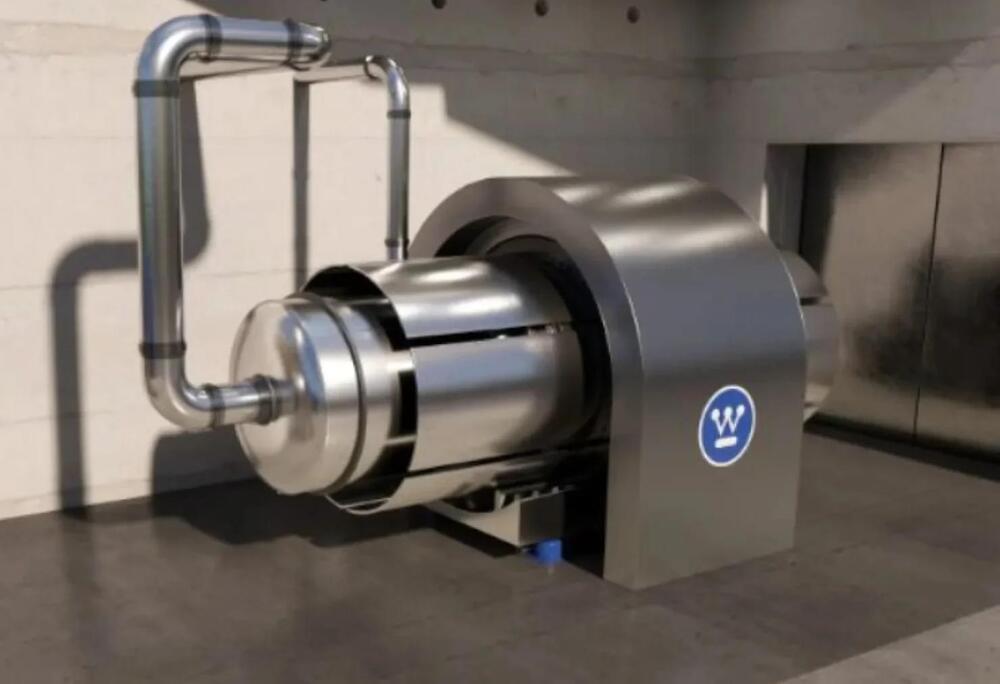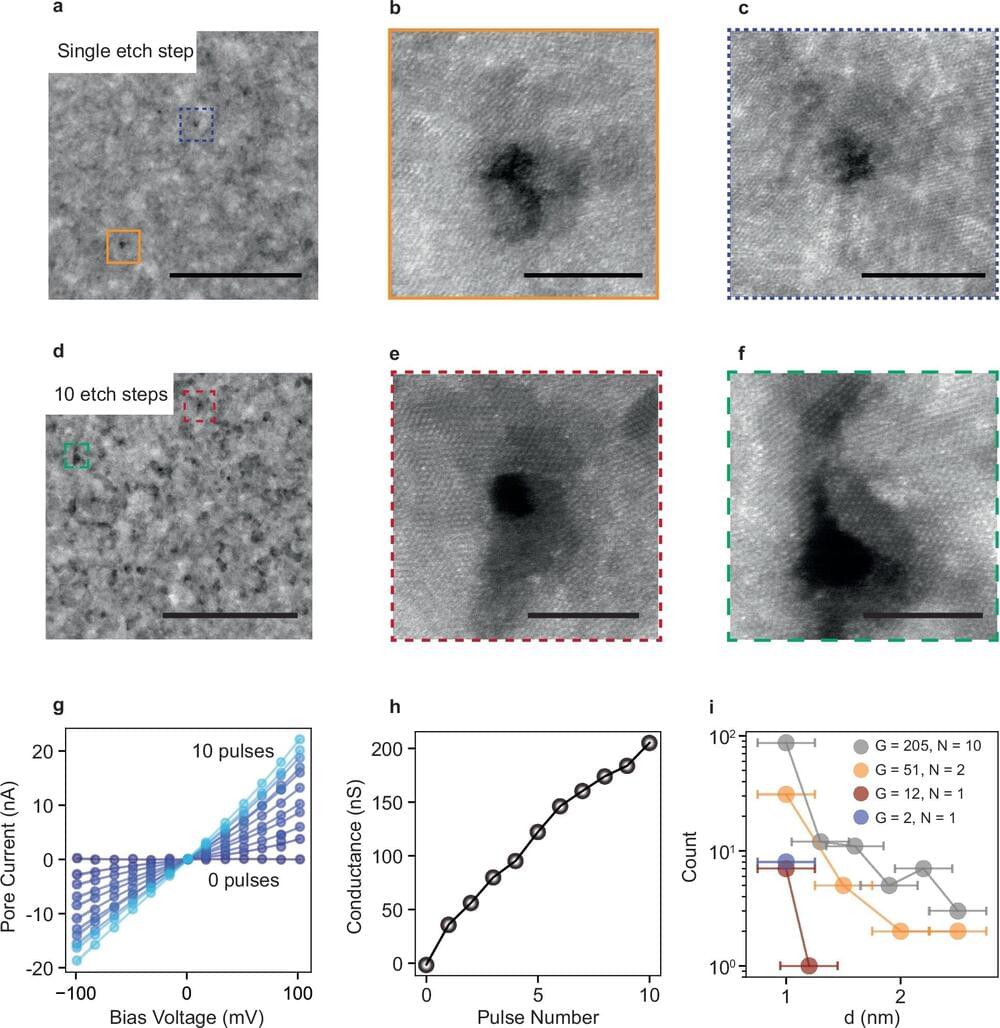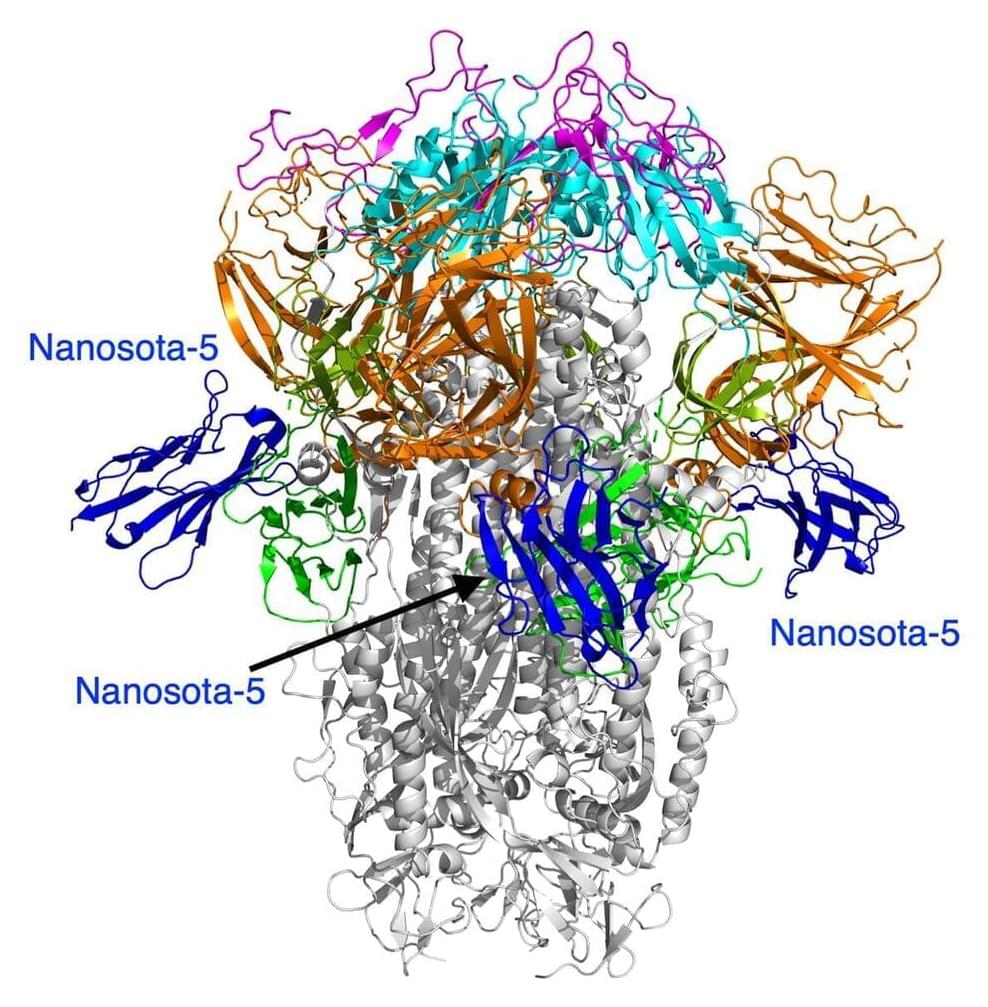Oct 4, 2024
Quantum reference frames from top-down crossed products
Posted by Dan Breeden in category: quantum physics
All physical observations are made relative to a reference frame, which is a system in its own right. If the system of interest admits a group symmetry, the reference frame observing it must transform commensurately under the group to ensure the covariance of the combined system. We point out that the crossed product is a way to realize quantum reference frames from the bottom-up; adjoining a quantum reference frame and imposing constraints generates a crossed product algebra. We provide a top-down specification of crossed product algebras and show that one cannot obtain inequivalent quantum reference frames using this approach. As a remedy, we define an abstract algebra associated to the system and symmetry group built out of relational crossed product algebras associated with different choices of quantum reference frames.


















